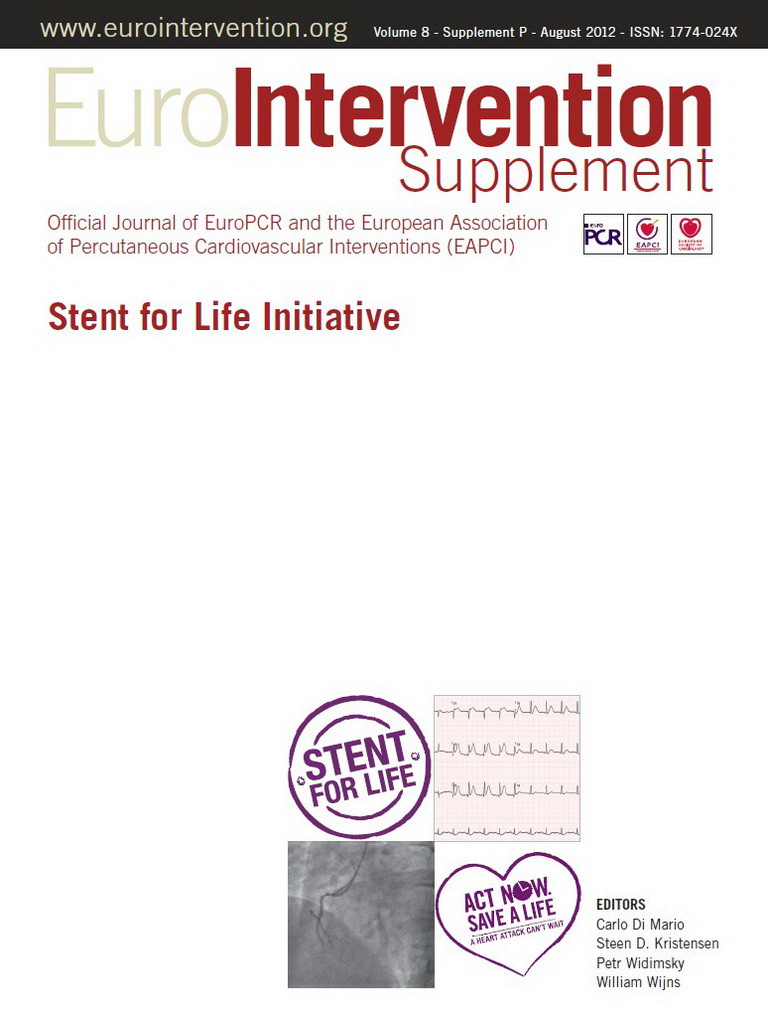Cardiovascular disease is the number one killer in Europe, causing great suffering to countless numbers of citizens in Europe and across the world. Heart disease, stroke and other cardiovascular diseases kill over two million Europeans every year – well over 40% of all deaths in the European Union. For our health systems, now under austerity measures, it means 110 billion euros spent every year on treating patients –10% of the total healthcare spending in the EU – and the cost is much greater if you consider the net loss to the labour market. The European Commission is keen to support and complement EU member states’ action to help prevent and effectively address cardiovascular diseases and to improve the lives of patients and their families. EU action puts a strong emphasis on addressing the key underlying determinants of these diseases, such as smoking, alcohol abuse and diet, and already acts in this field in cooperation with the European Society of Cardiology which has been instrumental in issuing a “European Heart Health Charter” highlighting how to prevent heart diseases and calling for national strategies to address them. Let’s take tobacco. One in ten of all cardiovascular-related deaths is caused by smoking. Smokers are twice as likely to have a heart attack as non-smokers. This is why the Commission is committed to boosting action and EU law on tobacco. The EU also strongly supports research on cardiovascular diseases. The 6th EU Framework Programme for research invested over 120 million euros in research relating to cardiovascular diseases. The current 7th Framework Programme is, for example, financing research on heart regeneration after infarction, and on stroke and its prevention. Of course, action at a national level is linked with international developments. “Stent for Life” is a good example of this. Evidence gathered by cardiologists and other health professionals has clarified that the best treatment of acute myocardial infarction is rapid transportation to hospitals able to reopen the occluded coronary artery with angioplasty. Unfortunately, organisational problems have limited the access to this life-saving procedure in many countries. Instead of bemoaning these limitations, a resourceful group of cardiologists across Europe has gathered under the umbrella of the European Society of Cardiology and its Association of Percutaneous Cardiovascular Interventions (EAPCI) to raise awareness of the problem and propose solutions, in cooperation with other medical professionals and the national health authorities. The organisational model proposed is well suited to meet the different needs of various European countries with a diversity of health systems, structures of emergency services and availability of advanced hospitals able to provide a highly skilled medical treatment such as angioplasty 24 hours a day, seven days a week. While recommendations are given by a core group of experts capitalising on the experience of the countries that pioneered the efficient and universal delivery of primary angioplasty in acute myocardial infarction, operative decisions are taken at a national level by a parallel national “Stent for Life” organisation. Based on the principle of subsidiarity, every country in Europe organises its own health service, and the decision-making process, the resources and the priorities are different. Some countries have a centralised national health service, others organise it regionally. A quick look at the titles of the various chapters clearly shows that national or even regional solutions are needed to achieve the same goal of efficient delivery of this life-saving procedure to patients in need. I am personally very pleased that an important forum for discussion and confrontation was offered by way of a meeting at the Italian Embassy in London on 30 June 2011 where most of the authors of these chapters were able to illustrate their strategy. The European Community welcomes homogenisation of service across the member states. As Vice- President of the European Commission and as a European citizen I am pleased to see that this initiative offers concrete hopes of receiving optimal care wherever the acute heart attack develops, at work in a busy European capital or on holiday on a pretty beach or mountain village.
Looking to the future, there are some encouraging signs. Since the mid-1990s, mortality from heart disease has declined in nearly all EU countries. In countries such as Ireland, the Netherlands, Denmark, Slovenia and Estonia, mortality fell by over 50%. However, levels remain far too high. Worse still, the incidence of heart diseases is likely to increase as the European population grows older. The Commission is also developing a European Innovation Partnership on Active and Healthy Ageing. This partnership aims to add two years of healthy life by 2020 to a European’s average healthy life span through concrete solutions to help the elderly. Heart health initiatives should become strong partners in this process.
Good practice in treatment – such as the “Stent for Life” approach – will certainly help to improve mortality applying evidence-based care. The European Commission and national governments are currently engaged in a reflection process on how to optimise action to address chronic diseases, including cardiovascular diseases. This is our shared goal and the Commission very much looks forward to continuing to support action in this important area.

